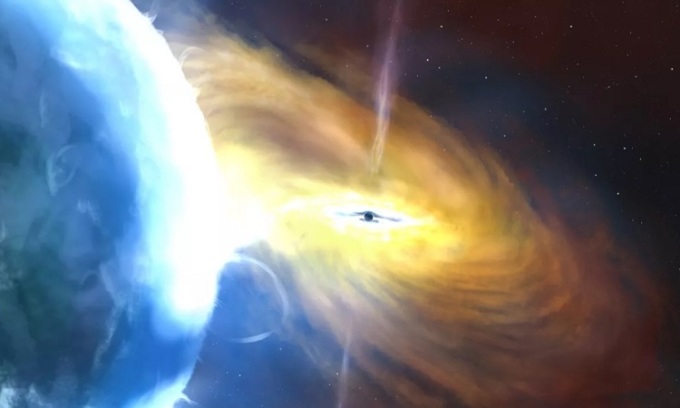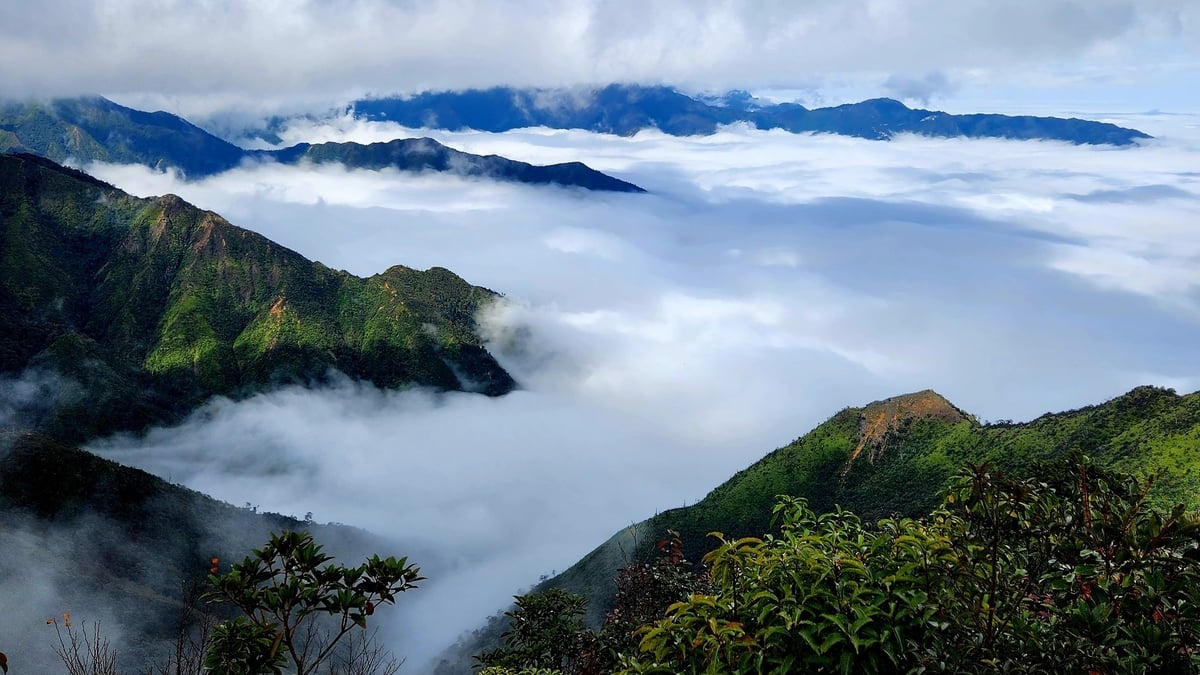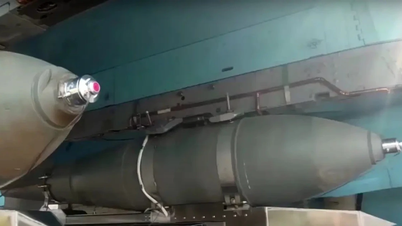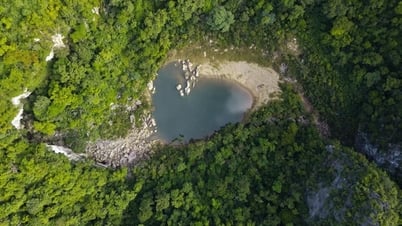The explosion was detected in 2020, lasted three years and was 10 times more powerful than the brightest supernova that occurred 8 billion light years from Earth, according to scientists who observed the event.

Simulation of the AT2021lwx explosion. Photo: John A. Paice
Astronomers have caught the biggest explosion in the universe. The explosion, called AT2021lwx, was 10 times brighter than any supernova, an event that occurs when massive stars die. While supernovae last only a few months, this explosion lasted at least three years, according to research published in the journal Monthly Notices of the Royal Astronomical Society, Space reported on May 11.
AT2021lwx is also three times brighter than the light emitted when the star was torn apart and swallowed by the supermassive black hole in a “tidal disruption event” (TDE). The explosion was about 8 billion light-years from Earth and occurred when the universe was just 6 billion years old.
AT2021lwx was first detected by the Zwicky Transient Facility in California in 2020, and then by the Asteroid Impact Final Alert (ATLÁ) system in Hawaii. Both systems are designed to study astronomical events in the night sky that rapidly change in brightness over time. These changes in brightness can reveal a supernova or gamma-ray burst (GRB) deep in space, or something closer by, like a comet or asteroid. Despite being detected by both facilities three years ago, the size and power of the AT2021lwx explosion had previously been a mystery.
"Most supernovae and TDEs only last for two months before fading. Something that's brighter than two years is very unusual," said Philip Wiseman, a researcher at the University of Southampton who led the study.
Wiseman and his colleagues suggest that AT2021lwx is the result of a black hole violently impacting a gas cloud with a mass thousands of times that of the Sun. In the process, the black hole swallowed pieces of the gas cloud, sending shock waves into both the gas cloud remnant and the larger surrounding disk of dust, causing them to emit electromagnetic radiation. Such events have been seen before, but are rare.
After the preliminary detection, the team will continue to examine AT2021lwx, using several different telescopes, including the Neil Gehrels, the New Telescope in Chile, and the Gran Telescopio Canarias in La Palma, Spain. They will then take the spectrum of light emitted by the event and divide it into its constituent wavelengths, measuring how the light is transmitted and absorbed around the event. This will allow the team to calculate the distance to the source of AT2021lwx.
An Khang (According to Space )
Source link
































































































Comment (0)